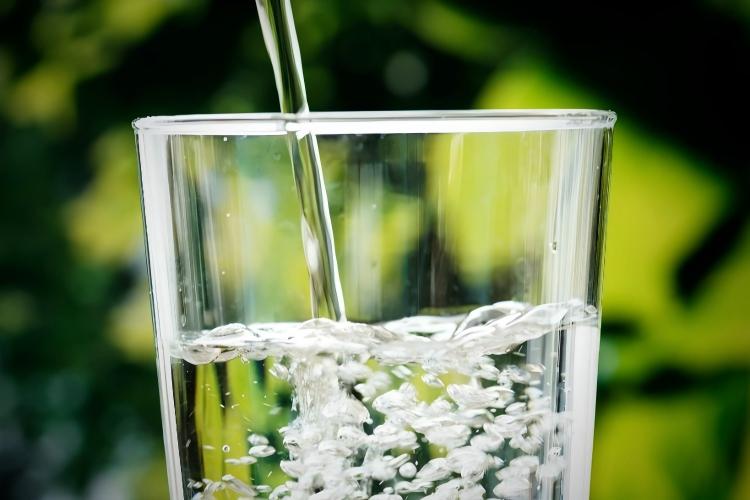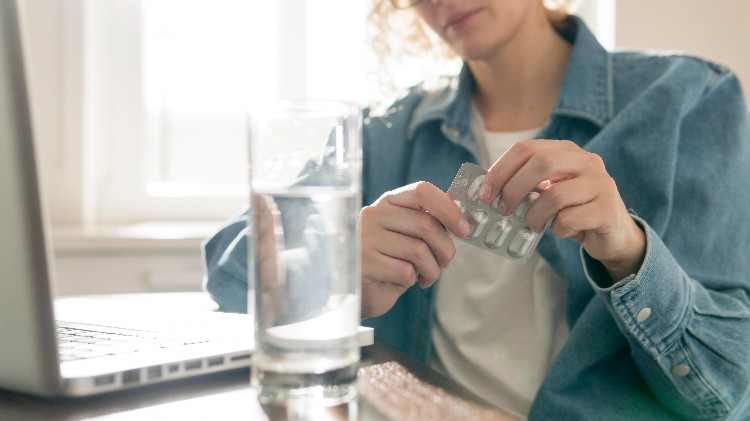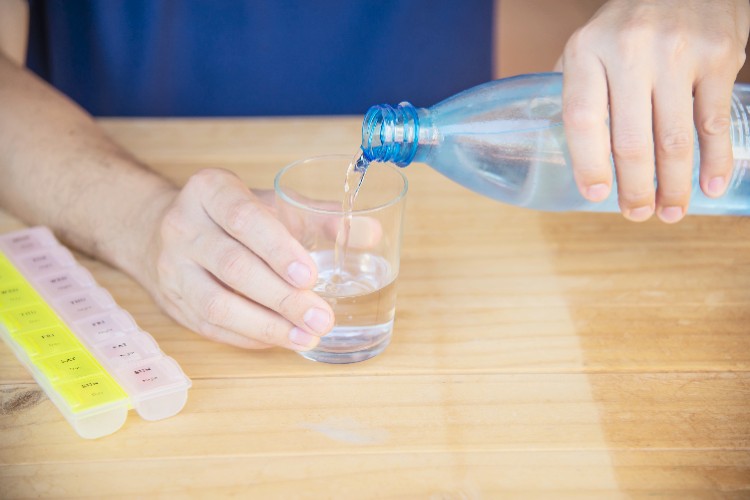Right Dose of Sodium Hypochlorite for Safe Water
The Secret to Clean and Safe Water
When it comes to water safety, one small mistake can have big consequences. We’ve all seen murky taps or smelled strong chlorine. So, how do we balance safety and purity? That’s where the right dose of sodium hypochlorite steps in.
At Shandong Shine, we’ve dedicated years to perfecting the science of disinfection through our advanced On-Site Sodium Hypochlorite Generator. Let’s break down the right way to use sodium hypochlorite for clean, safe, and great-tasting water.

Why Sodium Hypochlorite Matters
Sodium hypochlorite (NaOCl) isn’t just a chemical—it’s the hero of modern water treatment. It destroys harmful bacteria, viruses, and algae. It’s the same active ingredient found in household bleach, but in carefully controlled doses.
In short, it keeps our water supply safe and our communities healthy.
Quick Facts
Formula: NaOCl
Active Ingredient: Chlorine (Cl)
Common Form: Liquid chlorine or bleach solutions
Typical Use: Disinfection and oxidation
When sodium hypochlorite dissolves in water, it releases hypochlorous acid (HOCl)—a powerful disinfectant that attacks pathogens directly.
What Percentage of Sodium Hypochlorite Is Needed for Water Treatment
Here’s the big question: what percentage of sodium hypochlorite is needed for water treatment?
In general, the concentration depends on the purpose:
Application | Typical NaOCl Percentage | Dose per Gallon of Water |
Drinking Water | 0.8–1.2% | 2–4 mg/L (ppm) |
Surface Disinfection | 3–5% | 10–20 mL per liter |
0.8–1.2% | 5–10 mg/L | |
Household Bleach | ~5% | Variable |
For drinking water, even a tiny miscalculation can change everything. Too little means microbes survive. Too much means bad taste and health risks.
That’s why precise dosing systems like the On-Site Sodium Hypochlorite Generator are essential—they automate the process with accurate control.
How Sodium Hypochlorite Works in Disinfection
When we produce sodium hypochlorite, we use liquid chlorine, salt, and electric current—a process known as electrolysis.
Once applied to water, NaOCl breaks down into HOCl and OCl- ions. These compounds:
Penetrate bacterial cell walls
Destroy the cell’s internal structure
Prevent regrowth
This reaction makes it perfect for large-scale disinfection processes like municipal water, industrial plants, and cooling systems.
Fun Twist
We often joke that sodium hypochlorite is like coffee for microbes—once it hits, they don’t wake up again!

Safe Handling: Personal Protective Equipment (PPE)
We’ve all handled bleach at home. But industrial sodium hypochlorite solutions are much stronger and require personal protection.
Always wear:
Gloves (chemical-resistant)
Goggles or face shield
Long-sleeved clothing
Proper ventilation
Avoid mixing sodium hypochlorite with chlorine gas, ammonia, or acids—these form hazardous materials and release toxic fumes.
Quick Safety Tips
Store in cool, shaded areas
Label every container clearly
Never reuse empty bleach bottles
Keep away from metal tools—it’s corrosive
Remember: safety gear isn’t optional—it’s part of smart engineering.
Sodium Hypochlorite in Water Supply Systems
Municipal plants and industries rely on sodium hypochlorite solutions to maintain consistent water quality.
Here’s how it fits in:
Raw water enters treatment tanks
Sodium hypochlorite is injected automatically
Disinfection kills pathogens instantly
Residual chlorine keeps pipes safe from contamination
Our On-Site Sodium Hypochlorite Generator Manufacturers design systems that can create NaOCl directly where it’s needed—no transport, no storage risks, and minimal environmental impact.
This approach not only improves safety but also reduces operational costs.
Comparing Chlorine Gas and Sodium Hypochlorite
Many facilities still use chlorine gas. While effective, it’s a hazardous material that demands high-level handling systems. One small leak can cause severe respiratory damage.
On the other hand, sodium hypochlorite is:
Easier to store
Simpler to transport
Safer for operators
In fact, producing sodium hypochlorite on-site replaces the need for gas cylinders entirely. That’s one less worry for plant engineers and one more win for safety.
Surface Disinfection and Bleach Solutions
Outside of water plants, sodium hypochlorite shines in surface disinfection.
You can use bleach solutions for:
Kitchen and food surfaces
Hospitals and schools
Livestock and farm cleaning
Public transport sanitation
Mix about 4 teaspoons of bleach per gallon of water for everyday cleaning. For tougher surfaces, use up to ½ cup per gallon.
Quick Chemistry Check
NaOCl → HOCl + NaOH
That’s the magic formula that powers chlorine bleach and makes it the go-to cleaner worldwide.
Large-Scale Applications
For large-scale operations—like city water treatment or industrial cooling systems—manual dosing won’t cut it. Automated systems must maintain exact concentrations 24/7.
Our Shine systems ensure precise dosing every second using smart sensors and real-time monitoring.
These features help balance efficiency, safety, and environmental protection.
When Sodium Hypochlorite Turns into a Problem
Let’s be honest. Even the best solutions can cause trouble if handled poorly. Overdosing can produce:
Unpleasant chlorine odor
Corrosion of metal pipes
Eye or skin irritation
Underdosing, on the other hand, means pathogens survive—and no one wants that.
That’s why we emphasize automation and accuracy through our on-site generators. The right dose makes all the difference.
How We See the Future of Water Treatment
At Shandong Shine, we don’t just make machines—we make trust. Every drop of water we purify is a promise of health, safety, and care.
Our On-Site Sodium Hypochlorite Generator Manufacturers have already transformed hundreds of systems worldwide, replacing liquid chlorine and minimizing hazardous materials.
We’re excited to see this technology expand further into smart cities and rural networks alike.
Because clean water isn’t just chemistry—it’s humanity.

Quick Recap
Right Dose Formula:
Safe Drinking = 2–4 mg/L NaOCl
Safety Gear:
Gloves, Goggles, Airflow
Never Mix:
NaOCl + Acid = Toxic Fumes
Storage:
Cool, Dark, Away from Metals
Goal:
Clear Water + Healthy Life
Final Thoughts
Finding the right dose of sodium hypochlorite is part science, part experience. From household bleach to industrial disinfection processes, one truth remains: accuracy saves lives.
At Shine, we’re proud to guide this journey—bringing pure, safe water to homes and industries around the world.
Because every clean drop starts with the right balance.
